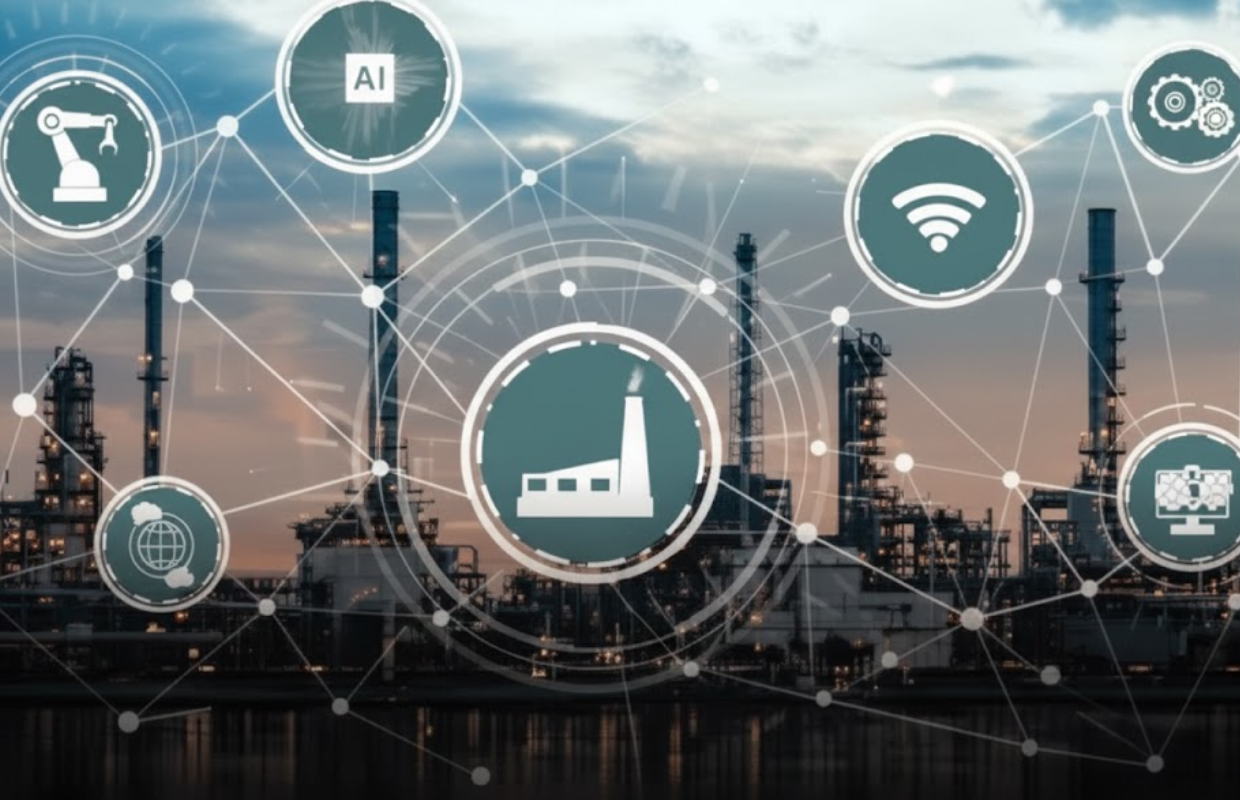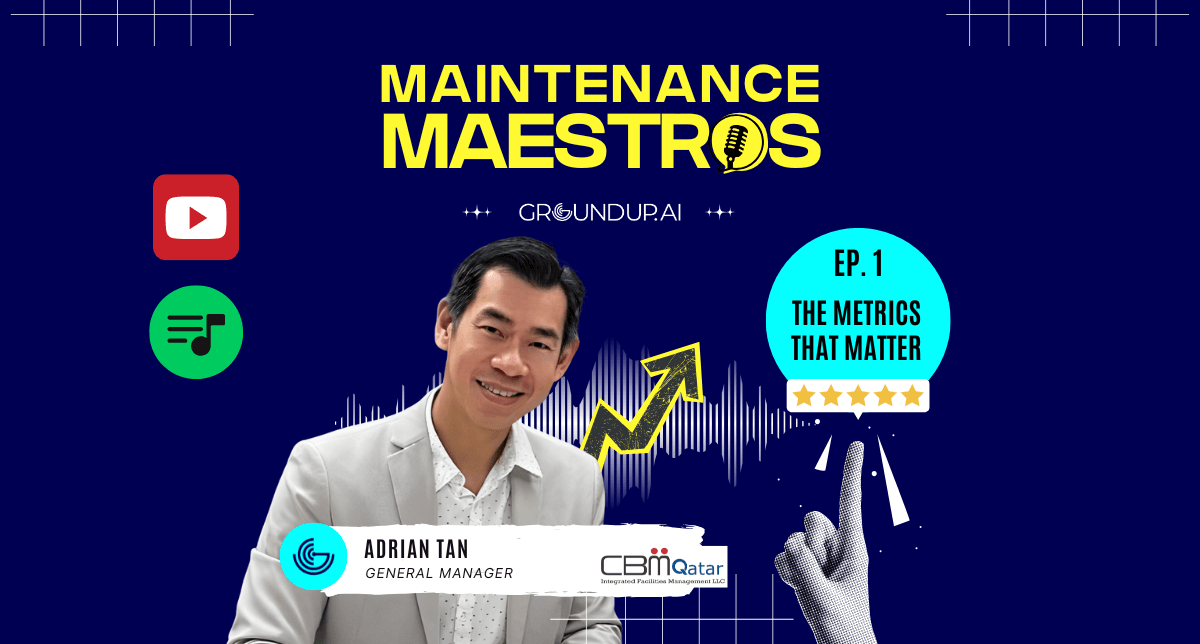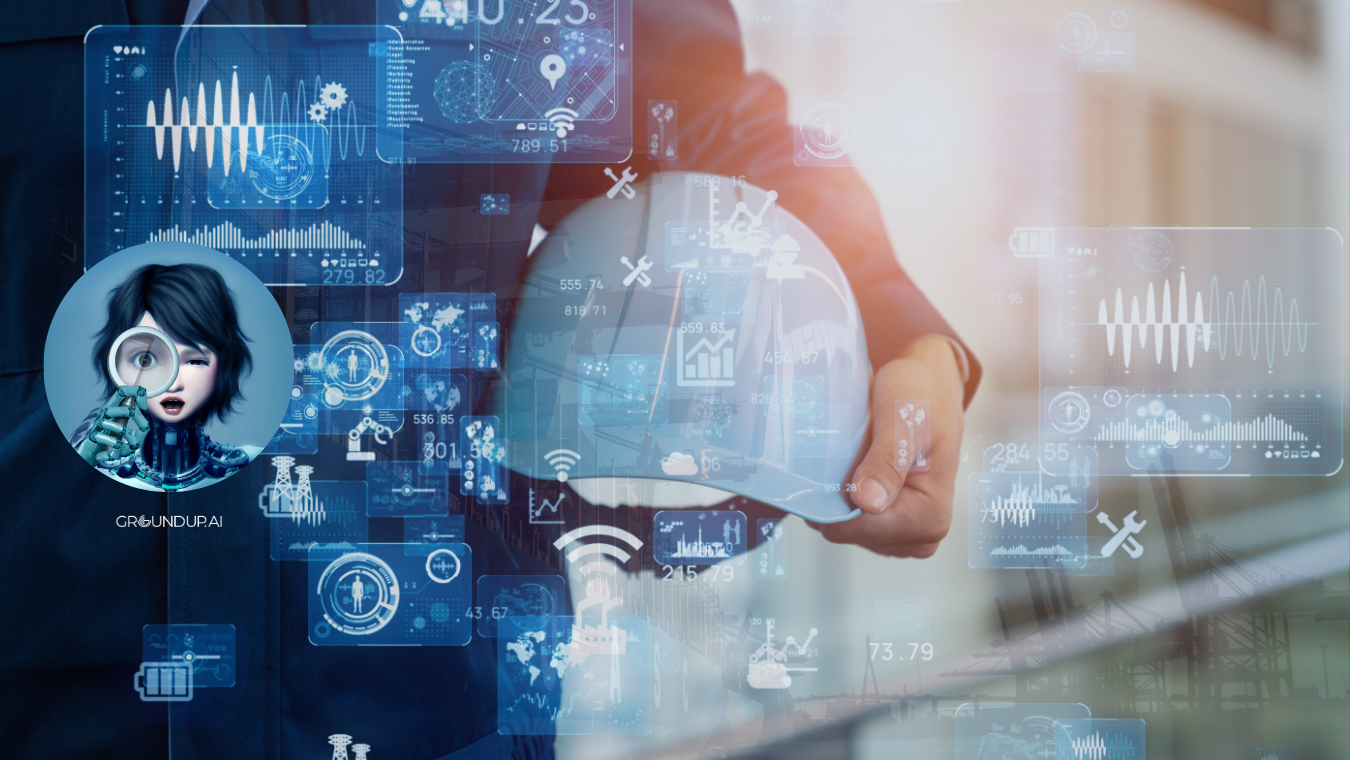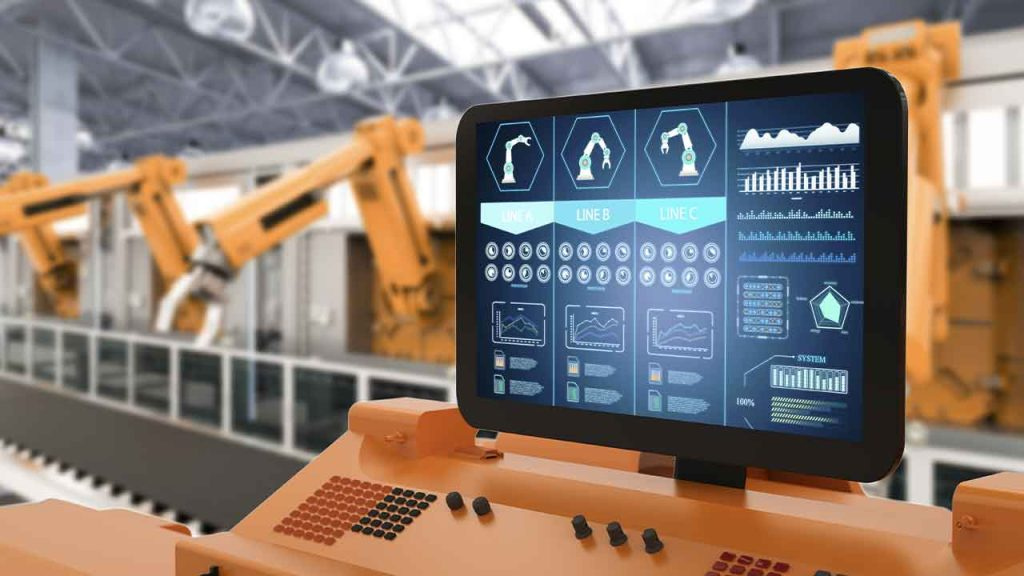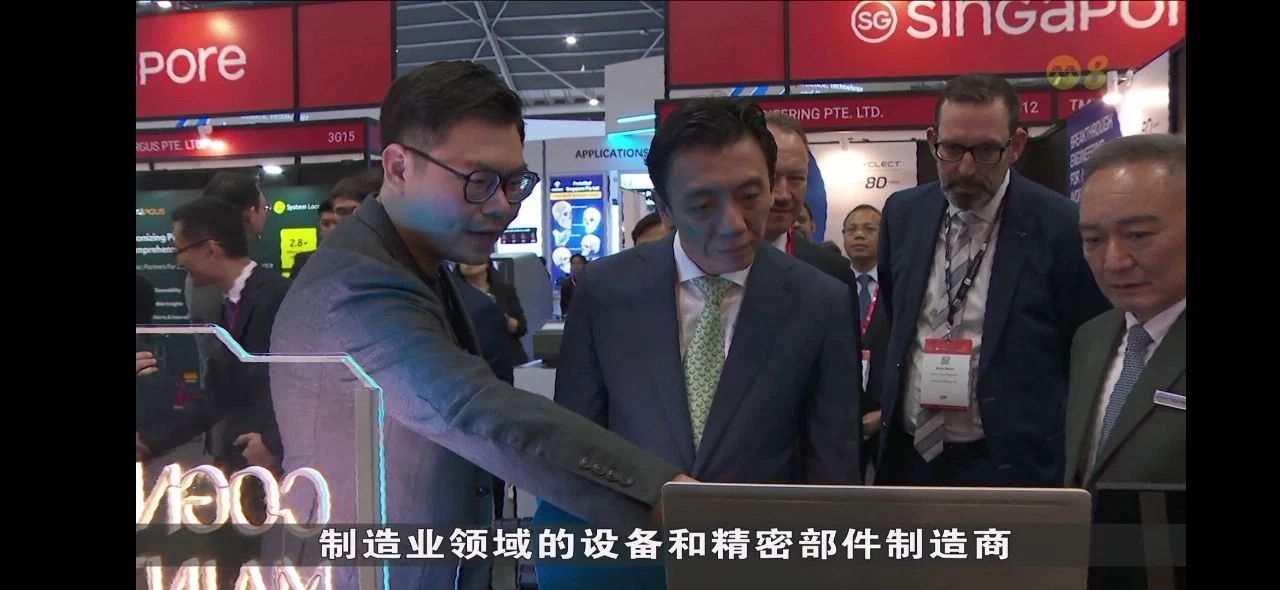The Industrial Internet of Things (IIoT) is transforming how industries operate by connecting machines, systems, and people through intelligent networks. These smart, connected systems communicate seamlessly with one another and with their users, enabling companies to achieve highly efficient and self-organized production processes.
Terms such as microservices, digital twin, and IIoT platform are frequently used in this context. The following article explains exactly what these mean, and how they contribute to smarter, data-driven industrial operations.
1. Smarter Asset Management
Asset management acts as the digital twin of plants and machinery. It allows businesses to track every asset, monitor performance, and analyze efficiency in real time.
Through intelligent asset management, companies can:
- Detect inefficiencies early
- Apply predictive maintenance
- Gain visibility into production and delivery schedules
A key metric here is OEE (Overall Equipment Efficiency), which measures how effectively equipment is utilized. Higher OEE means higher productivity and lower waste.
2. Turning Data Into Insights: Visualization
Collecting data is only the first step, the real power lies in data visualization.
Visualization turns complex data into actionable insights using dashboards, charts, or 3D models. Intuitive interfaces enable users to make informed decisions without needing deep technical knowledge.
In today’s Industry 4.0 landscape, user experience matters, B2B systems must be as seamless and responsive as consumer apps to ensure clarity and productivity.
3. Connectivity & Communication
IIoT thrives on seamless connectivity. Sensors, devices, and control systems communicate with each other through secure networks to exchange real-time data.
Reliable communication is essential for:
- Continuous monitoring of industrial assets
- Synchronizing systems across locations
- Enabling remote operations and automation
Technologies like 5G, MQTT, and edge computing ensure fast, secure, and low-latency data transfer, making IIoT systems smarter and more responsive.
4. The Rise Of Digital Services
Modern industrial machines are no longer just mechanical, they’re powered by smart software.
For instance, today’s elevators can monitor themselves, schedule maintenance, and even reorder parts automatically.
Digital services offer companies:
- Stronger customer engagement
- New revenue opportunities (e.g., service subscriptions, analytics)
- Better customer experience through interactive dashboards
These services bridge the gap between hardware and software, creating smarter, value-driven solutions.
5. Digital Twins: Virtual Mirrors Of Reality
A digital twin is a virtual model of a real-world machine or system that mirrors its behavior using live data.
This allows engineers to simulate performance, predict outcomes, and improve operations, all without disrupting production.
Digital twins enhance understanding, drive product innovation, and open new business opportunities through continuous data insights.
6. Microservices: The Modular Software Approach
Microservices are small, independent software components that perform specialized functions.
For example:
- One microservice might predict equipment failures.
- Another visualizes live sensor data.
- A third collects and stores performance logs.
This modular setup allows companies to scale quickly, update systems independently, and avoid technology lock-ins, making IIoT architectures more agile and resilient.
7. IIoT Platforms: The Central Hub
An IIoT platform serves as the foundation where all connected devices, systems, and services come together.
It integrates functions like data collection, analytics, visualization, and automation, creating a unified ecosystem for industrial operations.
These platforms simplify management, improve scalability, and enable innovation across the entire industrial network.
8. Predictive Maintenance
Predictive maintenance is one of IIoT’s most powerful applications.
Instead of fixed maintenance schedules, sensors and AI monitor real-time performance to predict when maintenance is actually needed.
This data-driven approach:
- Minimizes downtime
- Extends equipment lifespan
- Reduces unnecessary maintenance costs
Machine learning algorithms can even reveal that components last far longer than expected, unlocking huge cost savings.
9. Cybersecurity In IIoT
As industrial systems become more connected, cybersecurity is more important than ever.
IIoT networks handle sensitive data and control critical operations, making them prime targets for cyber threats.
Robust encryption, secure authentication, and real-time monitoring protect devices from unauthorized access and ensure system integrity.
Strong cybersecurity not only safeguards operations but also builds trust in digital transformation efforts.
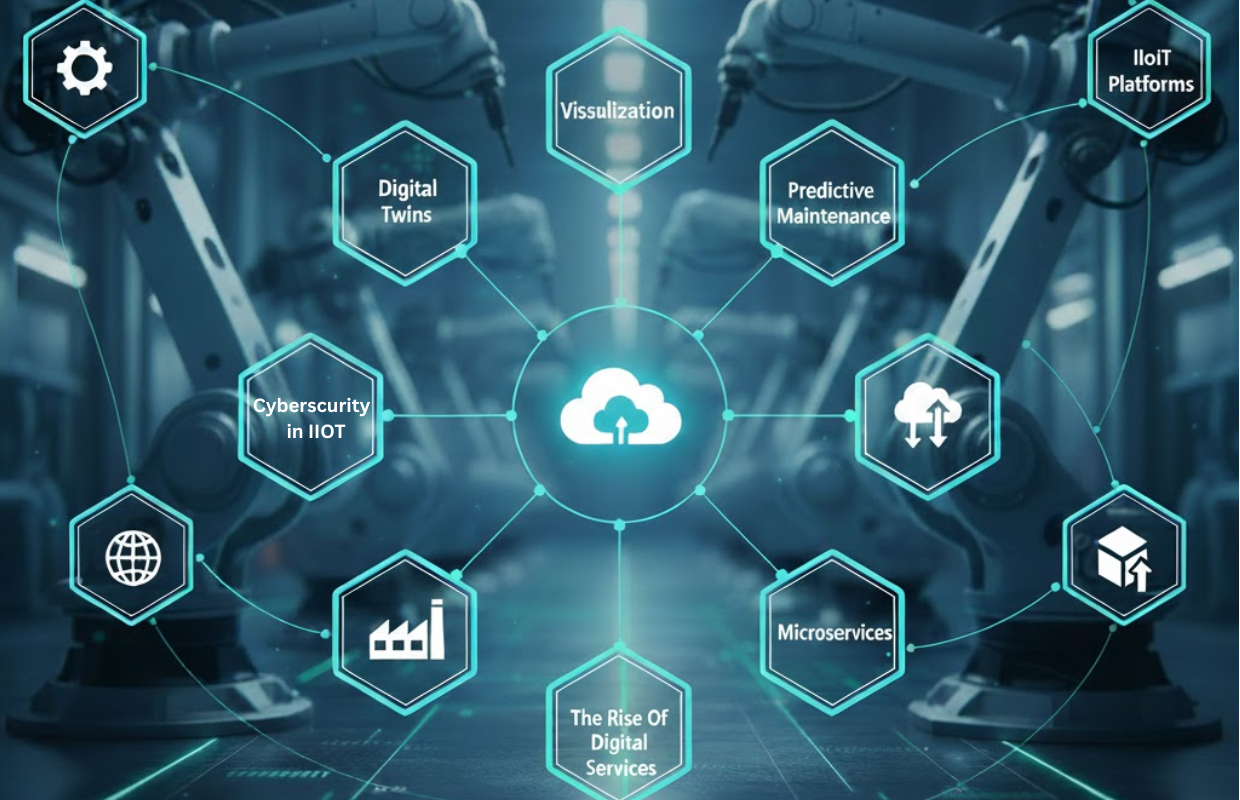
Conclusion
The Industrial Internet of Things (IIoT) is revolutionizing how industries operate, connecting machines, systems, and people for smarter, data-driven decisions.
By adopting IIoT technologies like digital twins, predictive maintenance, and microservices, businesses can boost efficiency, reduce downtime, and stay competitive in an increasingly connected world.
At GroundUp.ai, we empower industries with AI-driven IIoT solutions that make operations more intelligent, reliable, and future-ready.

